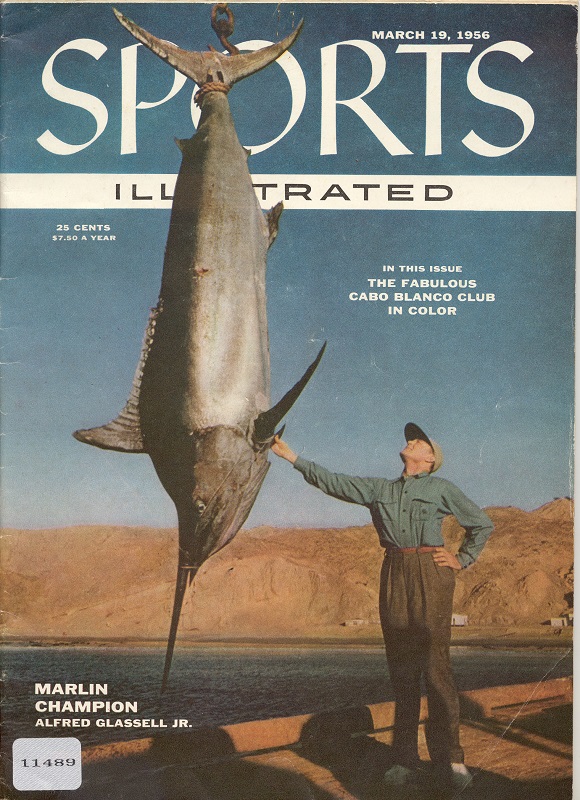
Texas is a state with a real personality. She is a larger than life character, recognizable across the world. No matter where you go, if you say you are from Texas, people will know exactly what you are referring to. Texas is America’s Han Solo, John Wayne, and Indiana Jones all rolled into one. Texas is a swashbuckling state with a rough-and-tumble history, and there’s nothing humble about it’s story. On January 27, 2017, a Texas-sized exhibit comes to the Houston Museum of Natural Science.
Mapping Texas: From Frontier to the Lone Star State opens on the 27th, and feature fifty maps and documents on loan from the Texas General Land Office, private collectors Frank and Carol Holcomb, the Witte Museum in San Antonio, and the Bryan Museum in Galveston. These maps will detail the transformation of this great land, from humble beginnings as a remote province of the Spanish Empire to one of the most prosperous states in the United States of America.
“Remember the Alamo” and “Everything is Bigger in Texas,” are taglines that are recognized all around the world — and I should know. Like so many others, I may not have been born in Texas, but I got here as soon as I could. I was born in Scotland, and relocated to Texas in the year 2000. Before I got here, I knew that I was moving to the land of David Crockett and Jim Bowie, and eleven-year-old me could not have been more excited for the move! I’ll concede that the Texas of today is not exactly like the mythical Texas I saw on television and worshipped as a child, but make no mistake, Texas is a state with an endearing and colourful history!
Prior to the arrival of Mapping Texas, I cannot say that I gave much thought to Texas’s boundaries, or any state’s for that matter – Texas just was what it was – a mythical place that I had always heard about. But after some exploration, I’ve found that Texas’s borders are fascinating indeed, and Mapping Texas shows how this fascinating state took shape!
The Joint Boundary Commission worked for several years to officially map the boundary between the Republic of Texas and the United States. Map of the River Sabine from its mouth on the Gulf of Mexico in the Sea to Logan’s Ferry in Latitude 31° 58′ 24″ North, GLO Map #1744, Texas General Land Office.
Water bodies form much of the borders of Texas, making easily recognizable features to study. The Rio Grande forms a natural border with Mexico, which was formalized in 1848 by the Treaty of Guadalupe Hidalgo, written to conclude the Mexican-American War. The Gulf of Mexico, large and full of natural resources, forms the southeastern border. The Sabine River serves as part of the eastern boundary, separating Texas from Louisiana, which is seen on an impressively large – 14-feet in length — map of the Sabine River. The eastern boundary is completed when at Logansport. the boundary of the Louisiana Purchase takes over and drives north until it hits the Red River. The meanders of the Red River form the northern border with Oklahoma, a boundary that is shockingly still involved in negotiations and court cases between the United States and State of Texas. .
Texas needed to negotiate with the United States government to form most of the boundaries of the state, and it claimed its own southern boundary with Mexico as a result of the Texas Revolution. After the Mexican-American War, Mexico ceded control of all land north of the Rio Grande, forming the border we share today and creating a large swatch of disputed territory stretching into the Rocky Mountains. Texas maintained its claim on the New Mexican territory, although it was never able to effectively administer these lands. The conflicting claims were settled by the Compromise of 1850, which provided debt relief to Texas in the form of $10 million in exchange for dropping claims to all land north and west of 36°30’, finally shaping Texas’s modern border.
Thomas Jefferys mapped the Texas Gulf Coast in 1775. Up to this point, this is the most accurate map of the Texas Coast. The Western Coast of Louisiana and the Coast of New Leon, 1775. GLO Map #93705, Texas General Land Office.
In a nutshell, war, water, and wealth helped shape the borders of Texas as we know them today. It is a shape that is recognizable the world over, and not to be mistaken for anywhere else in the world. And would you have it any other way? These limits now cradle the lands and ideals for which many generations of Texans have worked. Texas is an amazing place and I am proud to call it home. Plus my friends back home are convinced I live inside a Spaghetti Western, and I’ll never correct them!

Detail of boundary map, courtesy of the









